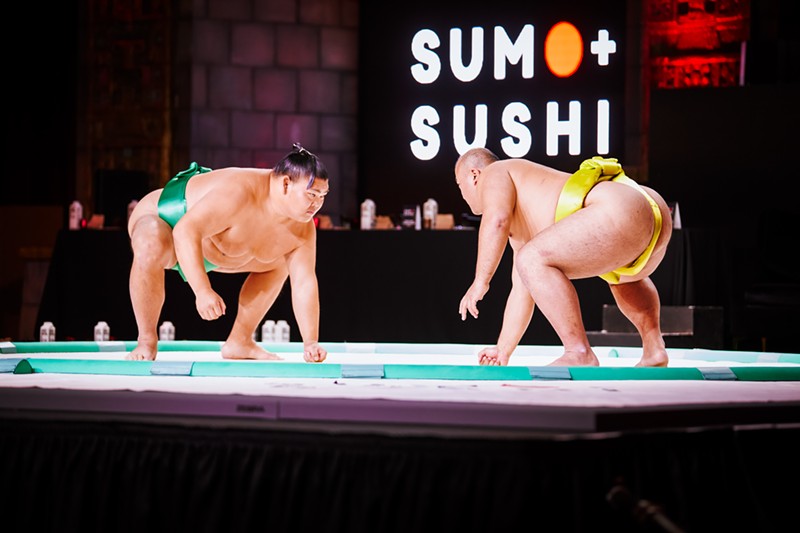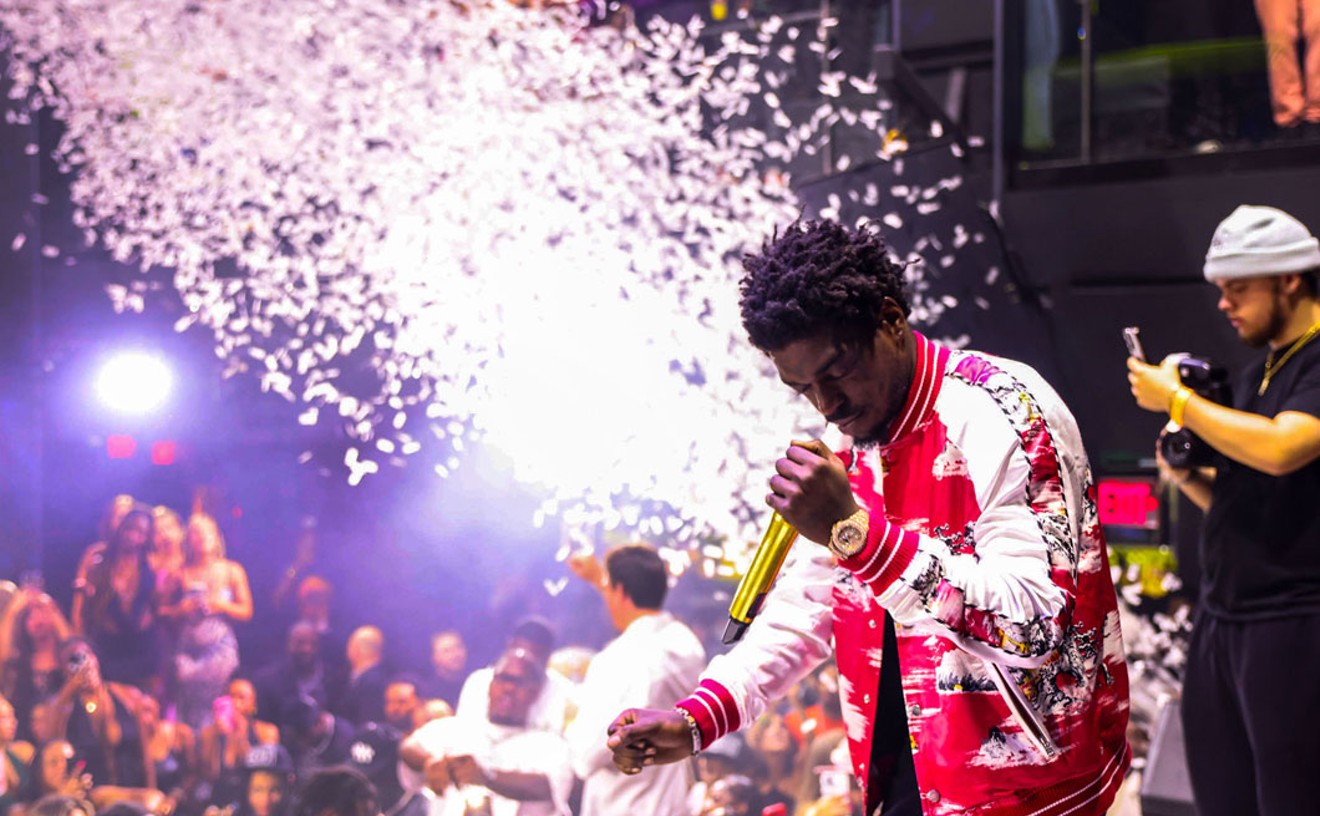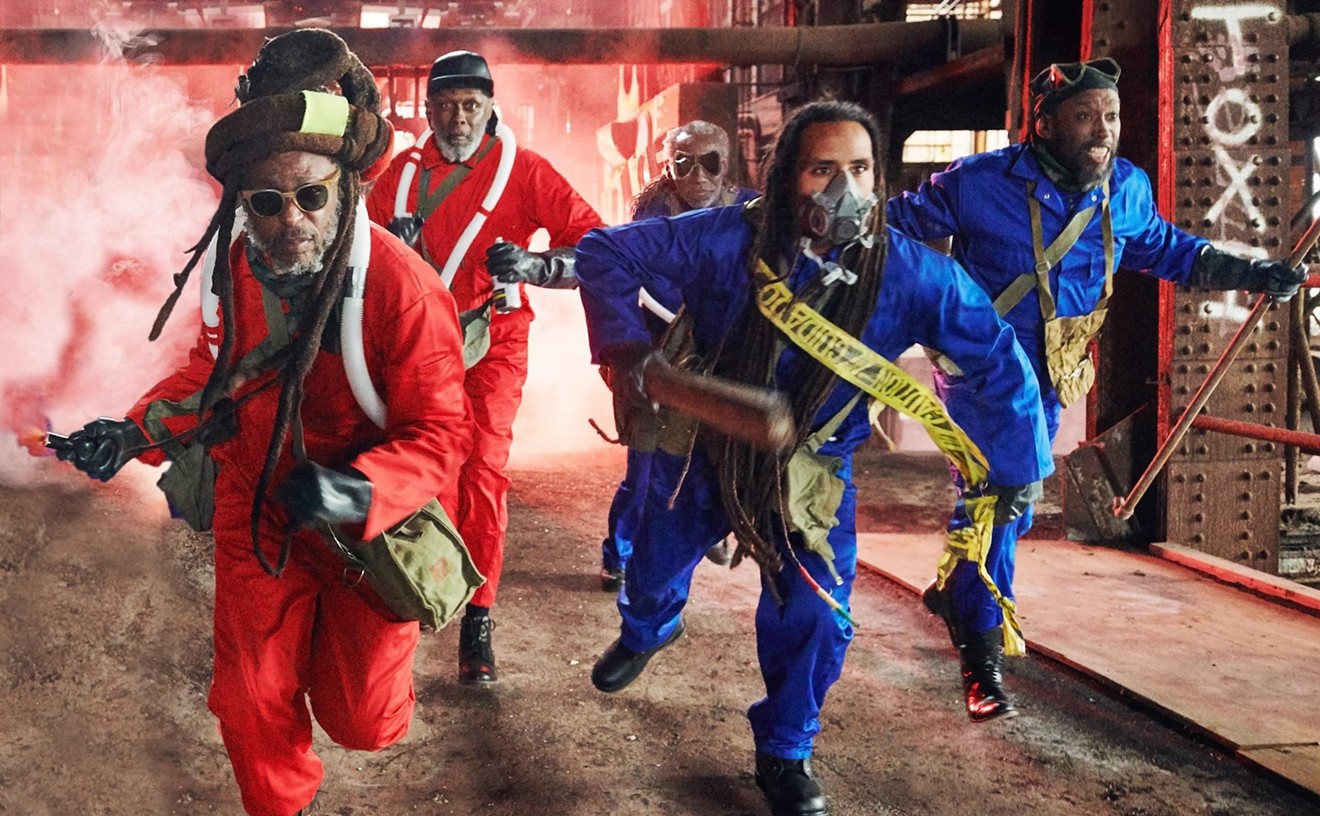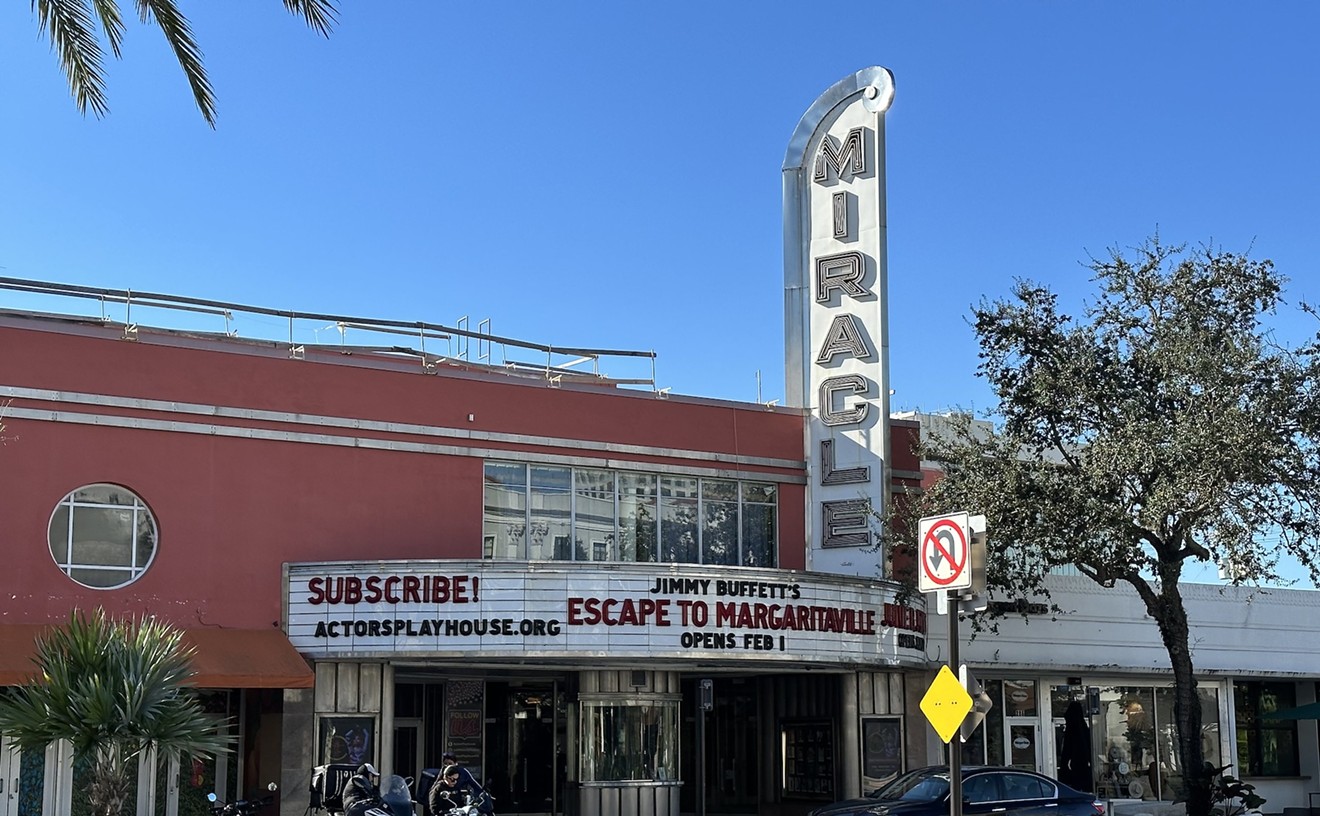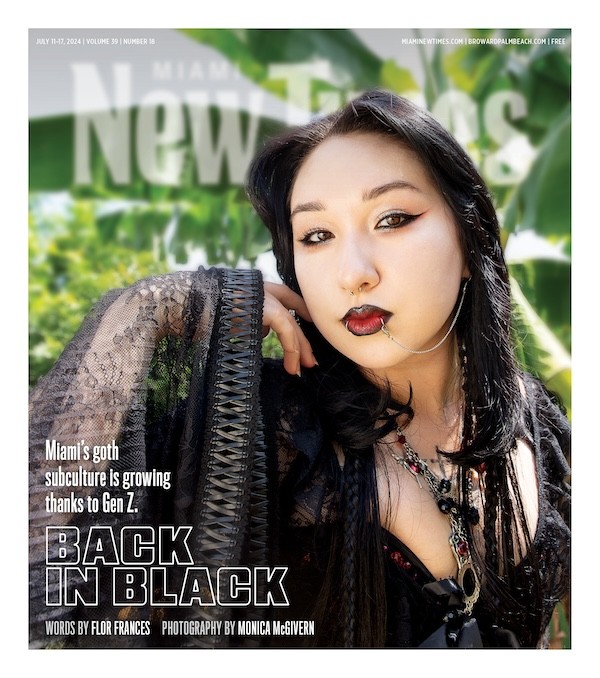"Everybody comes to Japan, the first thing they wanna do is see sumo," Konishiki, a former champion of the utterly distinctive Japanese wrestling discipline, says. The native Hawai'ian wrestler has spent 41 years in Japan, and since retiring from the sport, he's become a "one-stop sumo shop" for celebrities wanting to encounter sumo, from athletes such as Stephen Curry and Michael Jordan to Hollywood stars like Sylvester Stallone.
Now, with the help of Seattle-based production company SE Productions, the shop is heading stateside. Sumo + Sushi, a touring sumo "edutainment" show, will begin its East Coast tour on June 9 in Miami before moving on to Washington, D.C., and New York City. Hosted by Konishiki and featuring a selection of sumotori hand-picked by the legend himself, the event offers a chance to learn about and experience the sport without setting foot on a plane.
"I think that a lot of folks here think that it's just a bunch of big dudes pushing each other around," says Sam Minkoff, president and cofounder of SE Productions. "Sumo as a sport and as a culture is something that is so foreign to people in the States, and so this provides a really nice, immersive opportunity for our guests to understand what sumo is all about and learn about it from one of the most legendary sumo wrestlers of all time."

Konishiki, the host of Sumo + Sushi, is one of the most successful foreign sumo wrestlers ever.
Sumo + Sushi photo
"It's all about the techniques," says Koni, adding that athletes use a combination of aikido, karate, boxing, and judo moves in order to push their opponent out of the ring. "People think you have to be big in sumo, but that's not the case. Sumo doesn't have weight classes. I can wrestle guys three times smaller than me, and they can beat my ass, too."
With only 60 to 70 athletes allowed to compete in the top two divisions, sumo can be extremely difficult to break into. That's doubly true for non-Japanese athletes. Konishiki believes the sport's protectionism makes it harder than even the American professional leagues for non-native athletes to rise to the top.
"Nothing's really changed about the sumo world, which is something I really love about the whole thing," he says. "I don't really call it a sport. I call it a culture because it represents Japanese culture.""I don't really call it a sport. I call it a culture because it represents Japanese culture."
tweet this
Illustrating the culture in a way that bridges ancient tradition with modern entertainment value is a big part of the Sumo + Sushi program. "We modernize it just a touch but still respect the history and the culture behind the show," Minkoff says. "A lot of folks walk out saying, 'We learned a lot.' If they can walk away at the end having had a fantastic night out that's different from what they're used to, and having learned about something they maybe had preconceptions of, or had no idea what it was, then we've succeeded."
The program is split into three parts. First come the introductions, with the wrestlers teaching the guests about sumo history. Next is a demonstration of the rules, including winning and forbidden moves, and how sumo influenced other martial arts. Finally, there's the main event, live exhibition matches. Between 12 and 15 will go on during each show, and at the very end, six lucky audience members will be able to "get in the ring" and wrestle the pros. Anyone can add the experience as an upgrade to their existing ticket. Minkoff says participants, who must sign a waiver before wrestling, have included everyone from amateur wrestlers in local sumo clubs to a woman whose husband purchased the upgrade as a surprise birthday gift for her.

Audience members will have the chance to get in the ring against the wrestlers themselves.
Sumo + Sushi photo
It can be hard to summarize such a unique discipline in one night, let alone in one article. Sumo is truly a world unto itself, and even Konishiki struggled to fit in despite his successes. A combination of injury setbacks, weight issues, and, arguably, prejudice against foreigners by the conservative Japanese press and sumo establishment kept him from reaching the top rank of yokozuna (grand champion) before he retired in 1997. Still, he admires the sport's lack of change for one reason above all.
"It's not about branding, it's not about making money, it's not about being famous — it's about preserving the culture," he says. "Sumo never changes. That's why it's so unique compared to any other sport you see out there. And it's harder because of the life you have to live. We don't care about what you do in the ring. What's more important is what you do after you walk out of the ring and what you represent."
Sumo + Sushi. 6 to 8 p.m. and 9:30 to 11:30 p.m. Friday, June 9, and Saturday, June 10; and 5 to 7 p.m. Sunday, June 11; at the Hangar at Regatta Harbour, 3385 Pan American Dr., Coconut Grove; 786-866-9854; thehangarcoconutgrove.com. Tickets run from $95 to $400 via sumoandsushi.com.

